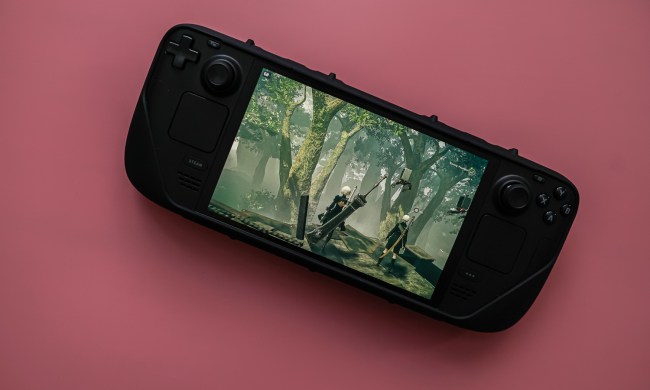
It’s no secret that technology giants Intel and Nvidia haven’t always been the best of friends, but the companies have worked out a way to bury the hatchet: Intel will be paying $1.5 billion to Nvidia as part of a patent cross-licensing deal that will see Nvidia gain access to some of Intel’s computer processor technology, and well enable Intel to tap Nvidia graphics processor and supercomputing technology. The deal runs for six years, and the companies have agreed to drop all outstanding legal disputes between them.
“This agreement ends the legal dispute between the companies, preserves patent peace, and provides protections that allow for continued freedom in product design,” said Intel VP and general counsel Doug Melamed. “It also enables the companies to focus their efforts on innovation and the development of new, innovative products.”

“This agreement signals a new era for Nvidia,” said Nvidia CEO Jen-Hsun Huang, in a statement. “Our cross license with Intel reflects the substantial value of our visual and parallel computing technologies. It also underscores the importance of our inventions to the future of personal computing, as well as the expanding markets for mobile and cloud computing.”
Under the deal, Intel gains access to Nvidia’s patent portfolio, including its supercomputing and GPU technology. For its part, Nvidia gets that $1.5 billion in cash (in five annual installments), as well as as access to selected portions of Intel’s patent portfolio: that includes patents covering microprocessors and chipsets but specifically excludes x86 processor designs, certain chipsets, and flash memory. Nvidia seems fine with that, saying that the company has no plans to develop x86 processors or Intel-compatible chipsets (which had been rumored for years) but will instead focus on ARM processors.
In some ways the deal is an extension of an existing cross-licensing deal Nvidia made with Intel years ago that’s set to expire at the end of March; that deal has already seen Nvidia technology integrated into products like Intel’s latest Sandy Bridge processors.
Nvidia also likened the deal with Intel to its 2004 cross-licensing deal with Sony, which (among other things) brought Nvidia some $500 million in royalties and put Nvidia technology into PlayStation 3 systems.



